Persian Empire Facts
Table of Contents
The Persian Empire, also known as The Achaemenid Empire, lasted from 550 until circa 330 BC when Alexander the Great defeated it. This ancient civilization was a very well-developed and fascinating nation in terms of culture and history. Below you can find some interesting facts you might not know about the Persian Empire.
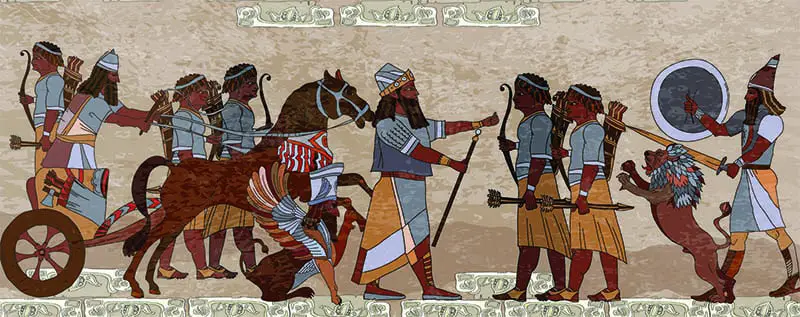
The Persian Empire, also known as The Achaemenid Empire, lasted from 550 until circa 330 BC when Alexander the Great defeated it.
Under the reign of Darius’ son, Xerxes, the Persian Empire began to decline. With an unsuccessful campaign to invade Greece, Xerxes depleted the royal treasury and continued with irresponsible spending when he returned home. Alexander the Great eventually conquered Persia in 334 B.C.E.
This ancient civilization was a very well-developed and fascinating nation in terms of culture and history. Below you can find some interesting facts you might not know about the Persian Empire.
The Persians created World’s First Human Rights Charter
Although the Greeks were the ones who invented democracy, the world’s first human rights charter came to be in Persia, back in 539 BC. The charter, shaped like a cylinder, was created under the orders of King Cyrus the Great – the very founder of the Persian Empire. It contains the concepts that are familiar to anyone who’s ever read a human rights charter today – equality for all races, languages and religion. After all, the Persian Empire was quite diverse. The charter is written in the Akkadian language and is known as the Cyrus Cylinder.
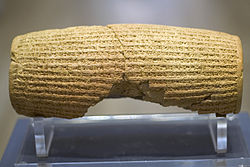
They were the pioneers of refrigerator technology
Of course, the Persian Empire didn’t invent the huge white refrigerators produced by LG that we use on a daily basis. However, their technology known as Yakhchals was quite helpful in preserving food. In essence, their “refrigerators” were large underground chambers built with the help of nature, or more precisely wind. The wind catchers, combined with ice and heat-resistant mud bricks on top, helped with preserving the food during the (very) hot Persian summers.
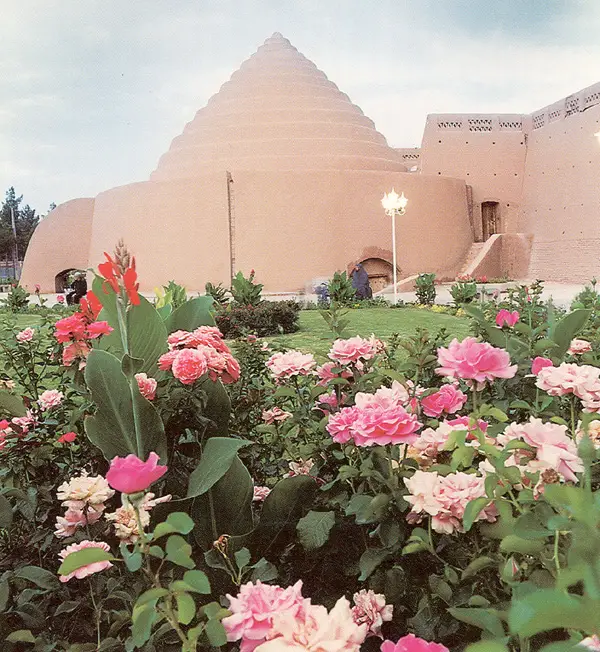
They invented Paradise
Not in the literal sense, obviously – although the Paradise Gardens could arguably be seen as such. The term for beautiful, well-groomed gardens was “pairi-daeza”, which is where the English word “Paradise” comes from. Persian extreme climate conditions made it hard to tend to Paradise Gardens, but that just made them all the more impressive. The gardens, also founded by Cyrus the Great, were considered to be places for taking refuge for people, as well as animals, which makes the term “Paradise Gardens” all the more appropriate.
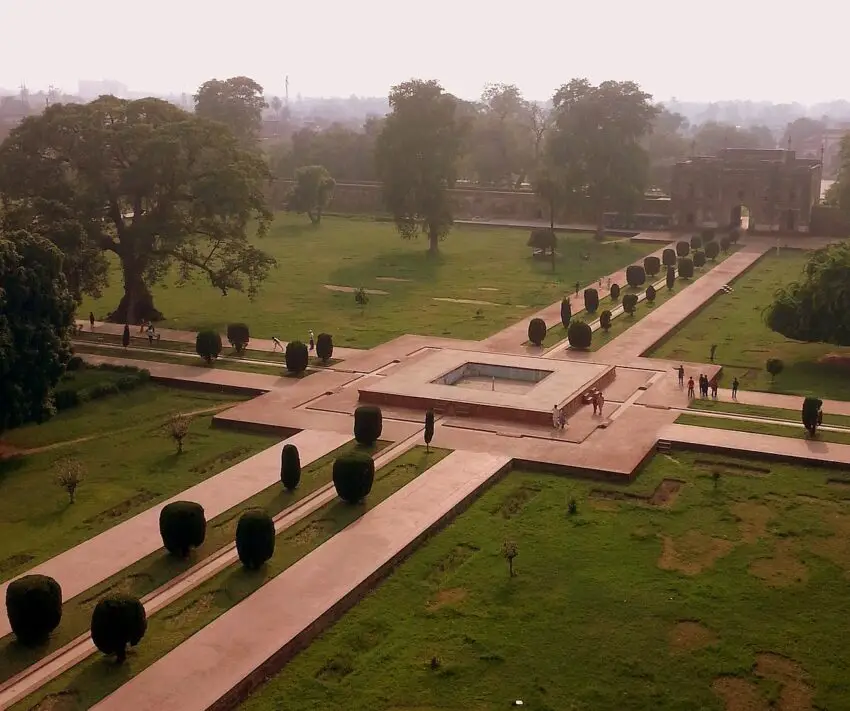
Paradise Gardens was referred to as the “garden of the gods” and described as a “paradise.” Earthly gardens were created to represent paradise. Water represented life because it was thought to be the source of life. Irrigation canals made agriculture possible. By 3,000 BC, parts of the Iranian plateau were under cultivation. Dieties were represented by plants and trees. Ceramic depictions of the world divided into four quarters, with a pool of life in the center, date back to 4,000 BC. An Akkadian king established himself as King of the Four Quarters. The concept of the chahar bagh dates back to at least 2000 BC, but it is unknown when the first gardens were established on this site.
They followed Zoroastrianism
The world’s first monotheistic religion was rigorously followed by the Persians. Prophet Zoroaster was a very significant person for the people of the Persian Empire. However, since it was such a diverse nation, each culture was allowed to follow their own religion. Nevertheless, Zoroastrianism is considered to be a defining feature of the culture of the Persian Empire. Unlike the religion of the Ancient Greeks, Zoroastrianism didn’t consider gods to be of the same nature as men.
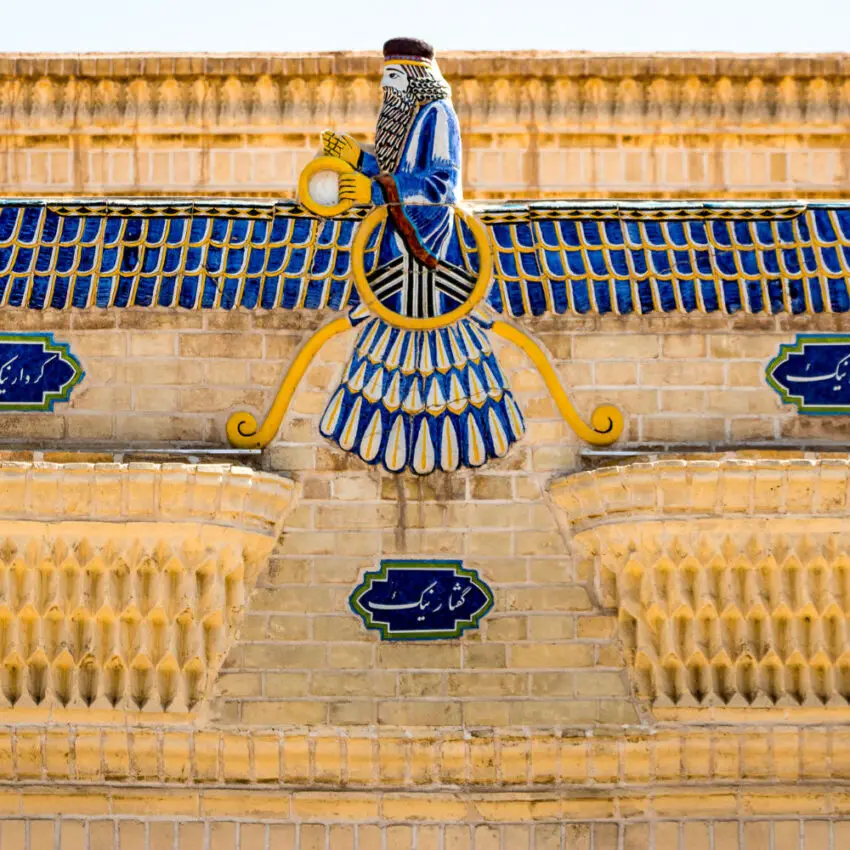
Persian Empire was a model bureaucratic nation
Indeed, the Empire had a very solid government and societal structure. The class division in the society was very clear. While the person ruling over the entire Empire was the King, the nation was divided into provinces, each ruled by a governor known as “The Satrap”. This was fist done by King Darius in order to prevent each region from gaining too much power and conspiring against him. The Satraps were very good at enforcing law and order, and worked extensively with the Empire’s military forces. However, the kings did not usually trust the Satraps, and frequently used spies in order to prevent corruption in all provinces.
They ruled over almost a half of the world’s entire population
In 480 BC, the population of the Persian Empire was 50 million, which at the time was 44% of the world’s entire population. This figure was, and still remains, the highest for any empire in the history of the world. For comparison, the population of the United Kingdom today is also about 50 million.
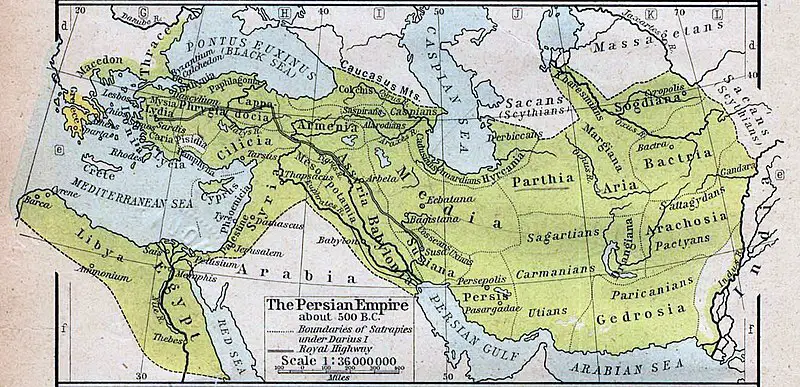
Emperors called themselves “The King of Kings”
The Persian emperors demanded total and complete obedience from their subjects – hence their distrust of the local Satraps. Each emperor called himself “The King of Kings” in order to establish and enforce their status and make sure that the subjects understood that the King was the most important figure in the Empire.
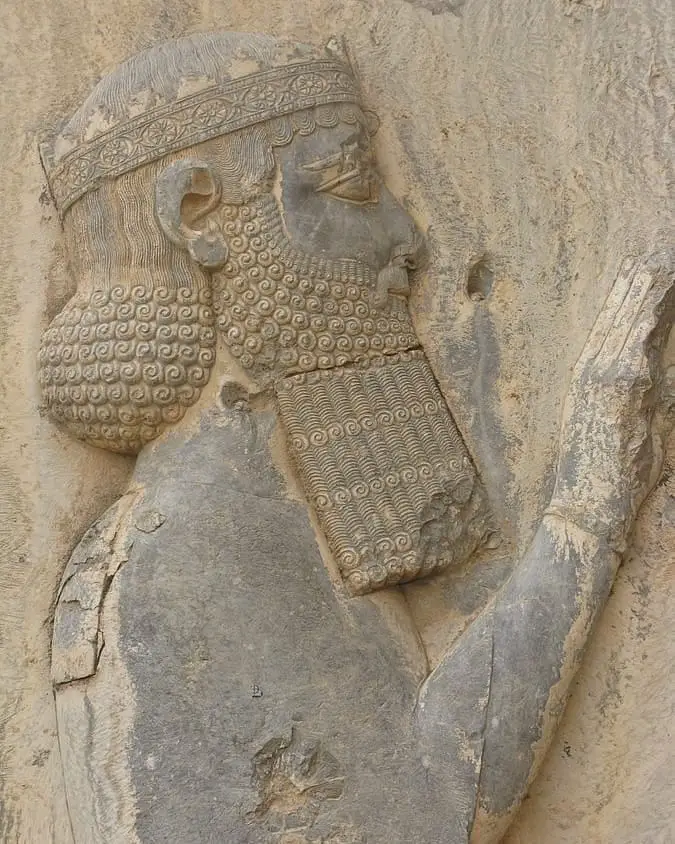
Ancient Persia was a vast empire that provided the modern world with not only history but also art, architecture, and culture. The empire’s contributions were critical for the development of civilizations in other parts of the world. While much remains unknown about the empire, the evidence we do have shows that the Persians were technologically advanced for their time and had a diverse and vibrant culture.
